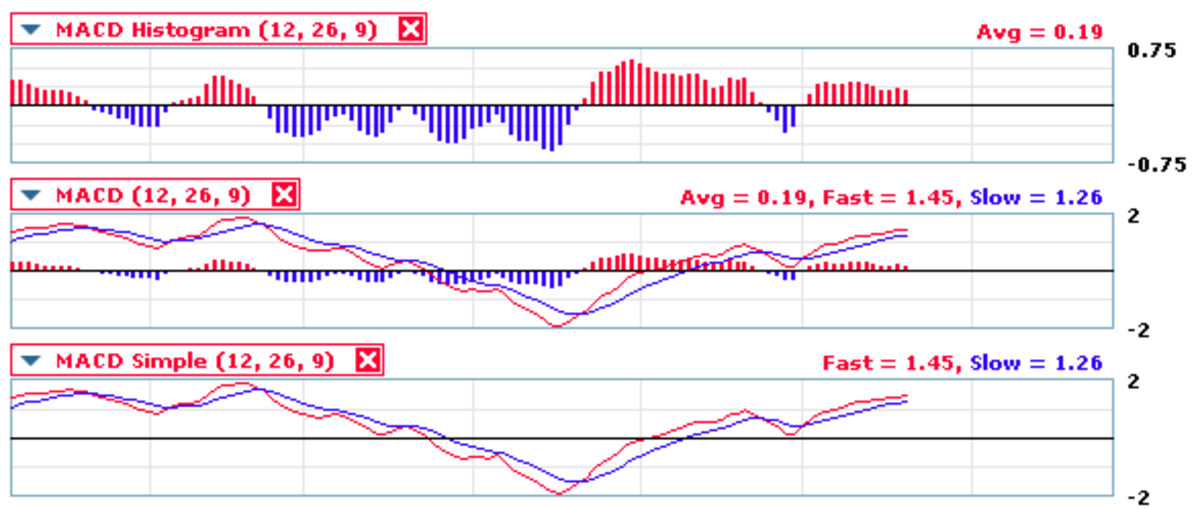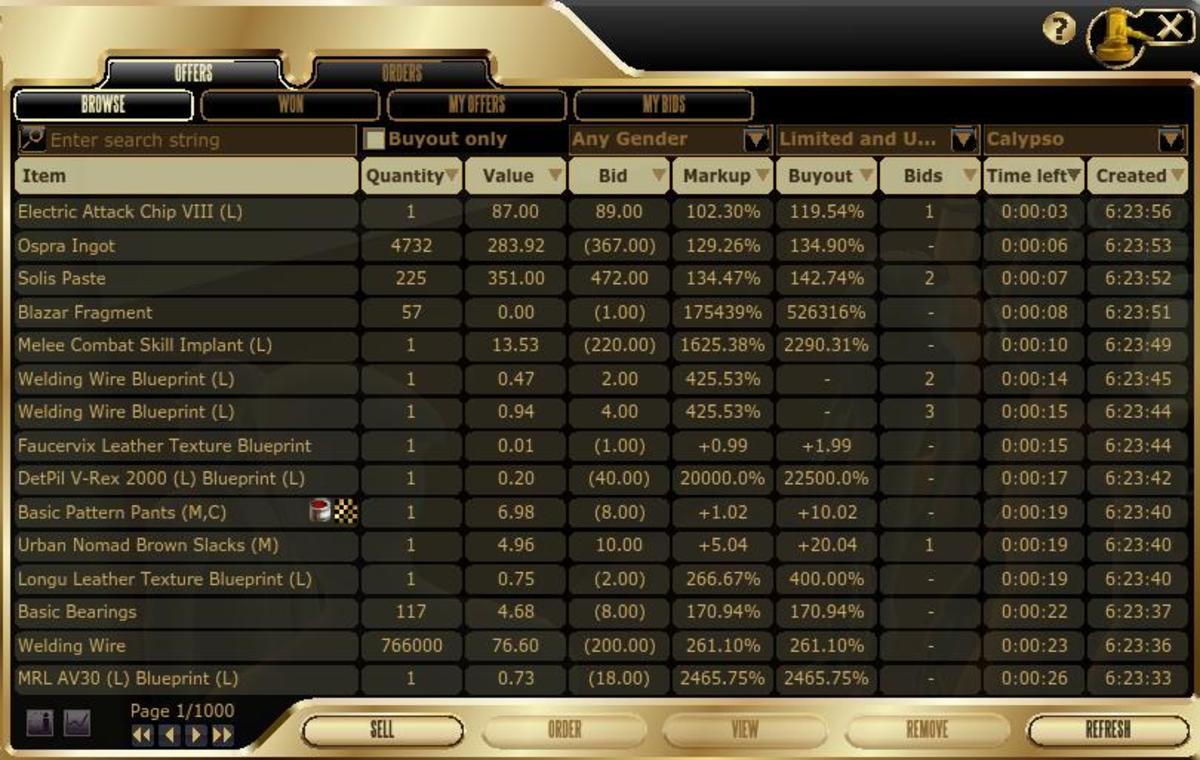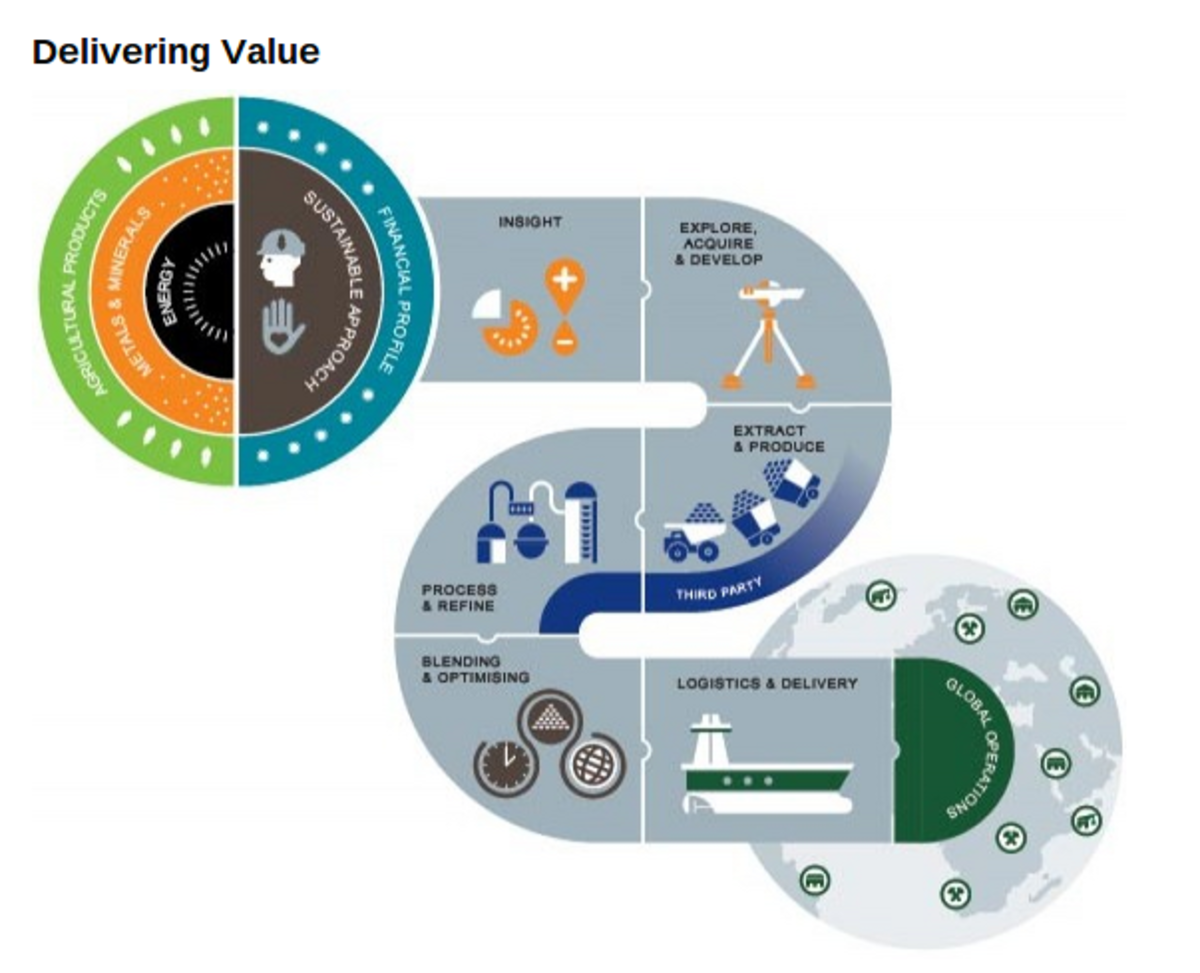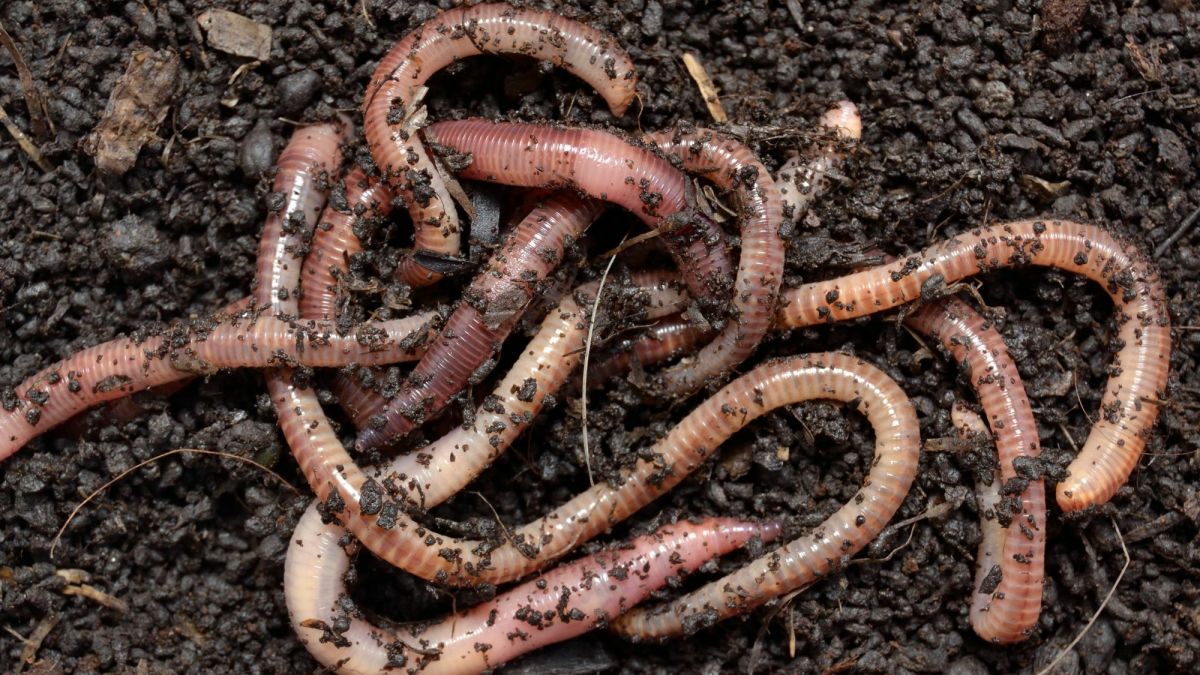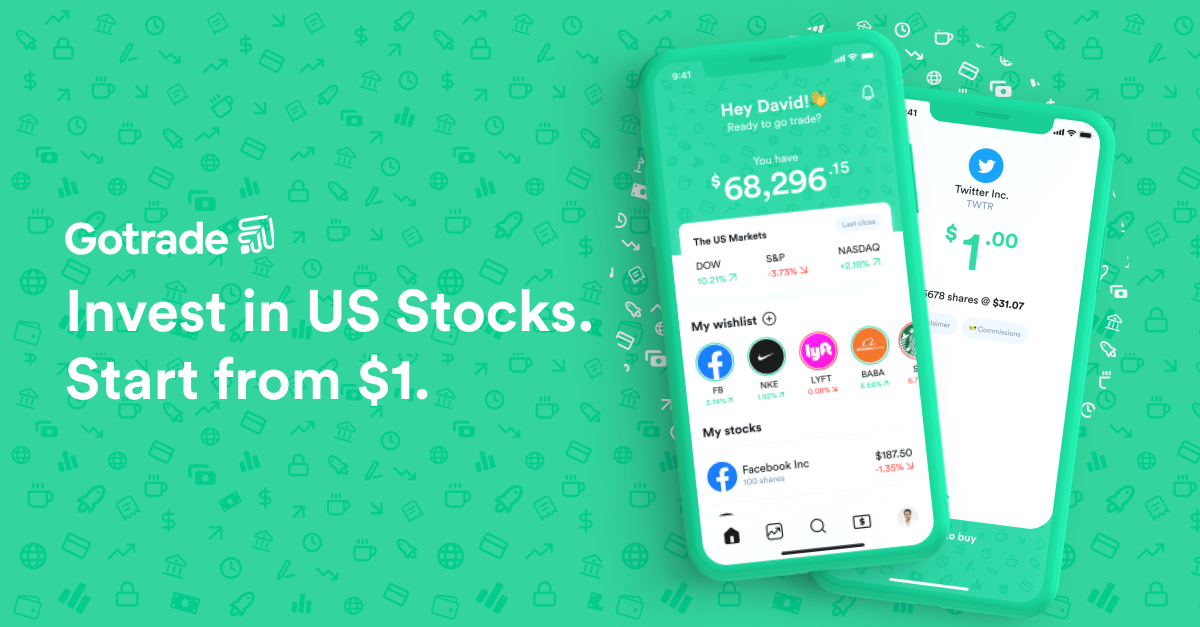Trading Cotton Futures
Trading Cotton Futures
The cool thing about trading cotton futures is that it is far from a “glamorous” market, but it can be a very profitable market. In my mind, who gives a crap about glamour as long as you’re pulling in the profits, you know? For those who may not be too familiar with the cotton futures market in particular, cotton is traded on the ICE (Intercontinental Exchange), although it used to be traded on the NYBOT (New York Board of Trade) when I was first trading. A cool little trivia fact—my very first trade ever was actually a cotton call option, and I did it big—I think I paid like $280.00 for the call or whatever. I don’t think I made money (if I remember correctly)—I actually think that there were a couple of days where the call was profitable, but then a couple of downswings in price later, I closed out at a loss. But anyway, moving on from my very uplifting story, cotton is considered to be one of the “Softs”, which includes such dandy items as orange juice, sugar, and so forth. In my mind, nothing fits the description of “Softs” better than cotton, right? I remember back in the day when lumber was considered one of the Softs, and that never really made sense to me, but now it has its own category, so I’m sure that lumber feels better about that overall.
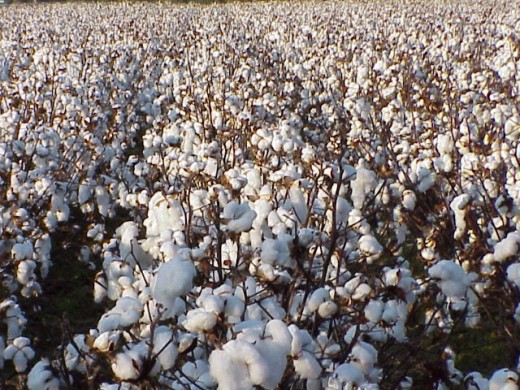
Cotton Futures Trading
But anyway, trading cotton futures is a simple as establishing a brokerage account with a reputable commodities broker and placing a trade. Cotton is quoted in cents per pound, but the minimum tick (or point) value is actually one one-hundredth of a cent (which is what defines a “point”), which equates to five bucks. The reason for this is that one futures contract of cotton actually represents 50,000 pounds (net weight) of cotton—that’s a lot of T-shirts and underwear! As far as the contract months in which cotton is traded those months are March, May, July, October and December. The symbol for cotton is CT, pretty easy to remember. Cotton has been prone to rallies during the Summer when fundamental reports come out that rough or dry weather conditions make cotton difficult to grow. Another factor that can potentially move cotton prices higher is if the Mississippi River floods (quite the opposite of dry conditions) and messes up the crops as well. For the fundamentally inclined, you can check out the Weekly Cotton Market Review published by the USDA every week at usda.gov. Me, though, I’m more of a technical trader…I believe that the price charts tell you basically everything you need to know about trading cotton futures. Price action is king, and if you’re able to capitalize on a good chart formation, the fundamentals be danged, in my opinion. I’ve been trading this style for almost 10 years, and it has proven to work, so I’m not about to change now. You can check out my hub on chart patterns and other hubs about technical trading if you want to know more about trading cotton futures with a slant towards technical analysis.
- Trading Coffee Futures
- Trading Gasoline Futures
- Trading Natural Gas Futures
- Trading Corn Futures
- Trading Crude Oil Options
- Trading Silver Futures
- Trading Crude Oil Futures
- Trading Gold Futures
- Hello Kitty Debit Card
- Debit Cards for Kids
- 5% Cash Back Credit Card
- Call Options Explained
- Where to Find Penny Stocks
- Stock Trading Explained
- How to Short a Stock
- Airline Credit Cards with No Annual Fee
- 0.0001 Stocks
- Stock Trading for Dummies
- Chart Pattern Trading
- Day Trading Commodities
- Great Success Quotes

